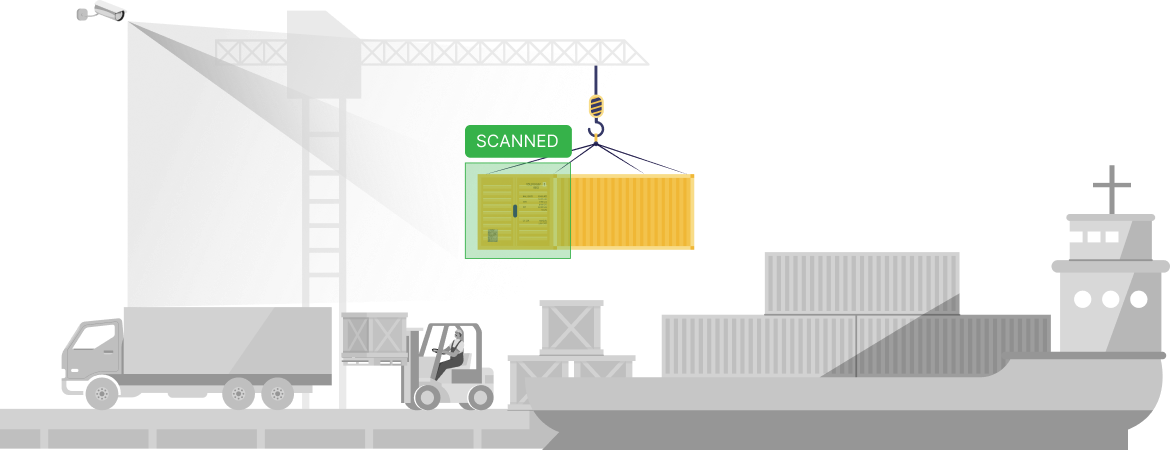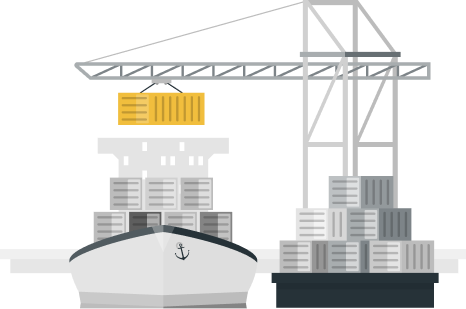Container OCR
Streamline container movement, reduce idle times and boost security.

Container Code Recognition simplifies, expedites, and automates container tracking and management. Thus, making it error-free. It accurately captures and registers container codes along with the time and data. It helps manage stacked containers. It makes entry/exit faster and contributes to the safety of the depot by denying unauthorized entry to vehicles. This reinforces Port security configuration.
Manual processes often result in missed or incorrect container codes. This leads to delays and errors in the Container Tracking System.
Standard systems struggle with varied container sizes and orientations. It requires manual intervention. This limits scalability in Smart Container Management environments.
Slow identification and registration processes create bottlenecks in cargo movement by undermining the potential of container terminal automation.
Damaged surfaces, poor lighting and movement reduce scanning accuracy. This is a challenge solved with OCR-driven Container Automation.
AI OCR for Logistics ensures precise ISO code recognition by reducing human error and increasing reliability.
Seamlessly reads horizontal and vertical text. It enhances Container Identification performance across container types.
High-speed image and video analysis allows scanning of even moving containers by ensuring optimized Container Tracking System operations.
Reliable barcode reading in low-light and high-motion conditions. These ensure uninterrupted cargo flow and better inventory control.
Container OCR is beneficial for a wide range of stakeholders within the global supply chain as it transforms how goods are handled by them.

High-resolution cameras are strategically placed to capture container codes across a wide variety of entry/exit scenarios.
A diverse data set of container images is gathered and labeled to train models capable of adapting to real world variation.
Using deep learning techniques like CNN. It is a model that is trained and optimized for high precision in Container Code Recognition.
The system is deployed and integrated with existing terminal systems. That is for real-time inference and process acceleration.
Stay updated with the trending and most impactful tech insights. Check out the expert analyses, real-world applications, and forward-thinking ideas that shape the future of AI Computer Vision and innovation.
Collaboration creates a story. Some are born from timing, others from shared ambition. But the partnership between WebOccult and Deeper-I began from something subtler, a mutual belief that intelligence should live closer to the world it serves. For years, Vision AI has been mastering the art of seeing, while Edge AI has been perfecting the […]

CEO & Co-founder
Any object that leaves a factory belt carries an identity. It may appear as a string of numbers etched into metal, a barcode printed on paper, or a label attached to packaging or glass material. Together, these small symbols form the nervous system of modern industry. They track movement, record responsibility, and ensure that everything […]

CEO & Co-founder
Every city breathes in patterns. Cars move, pause, and disperse in a rhythm that repeats itself through hours and seasons. Beneath this rhythm lies a kind of language, the pulse of motion that defines how urban life organizes itself. Yet, for all the technology that has reshaped cities, one of the simplest and most visible […]

CEO & Co-founder